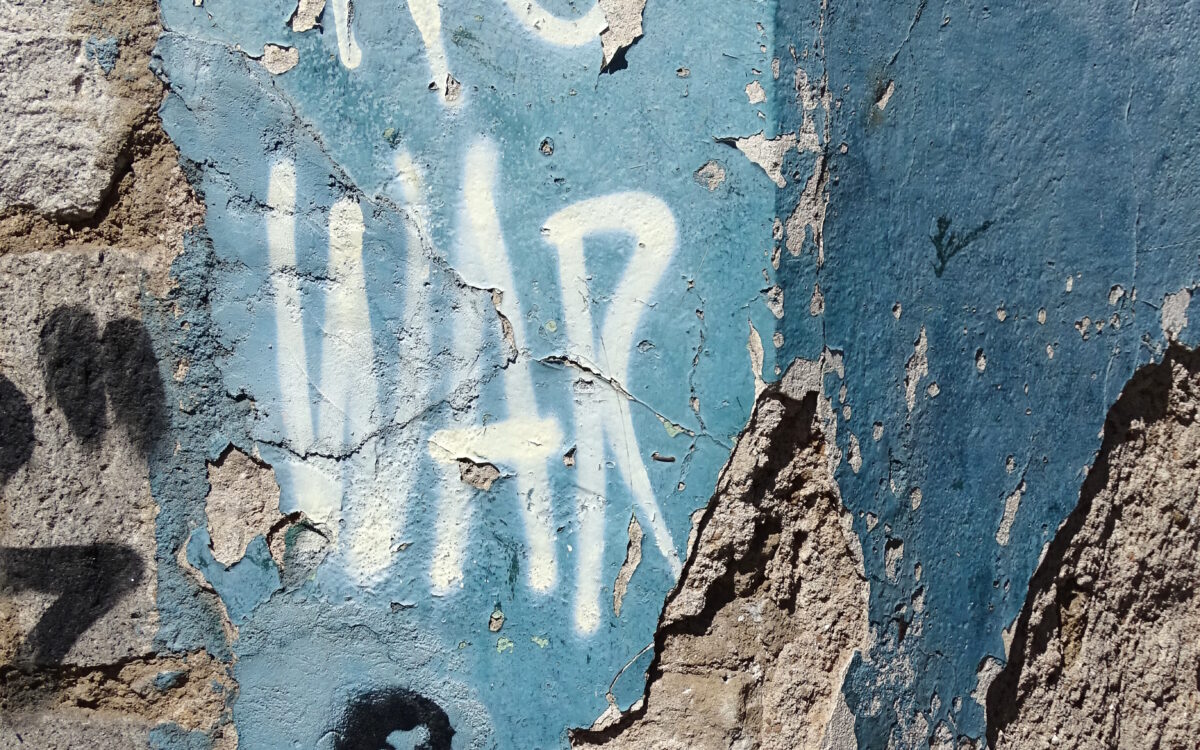
Francisco Villamil
“The climate of fear and the disruption of social networks hindered any form of collective coping process that could have resulted in the creation of memories of the conflict, and made the population much more vulnerable to state propaganda.”
How does violence leave long-term legacies on individual preferences and behavior? Most research assumes that violence has a negative attitudinal effect, meaning that individuals are likely to reject the political identity of the perpetrator, also known as the backfiring effect. Scholars justify this expectation based on social-psychological mechanisms, pointing out that violence makes visible and impacts perceived distinctions between the in-group and the out-group. The main idea is that suffering or witnessing violence leads to a stronger identification with the in-group, either because of fear or outrage, and a rejection of out-groups, which, in principle, include the perpetrator. A different question concerns the conditions under which we observe behavior consistent with this backfiring effect. In one argument, contentious behavior as a result of backfiring will only be observed when there are no credible threats of retribution by the former perpetrator.
The mechanisms that explain this backfiring effect, however, are relatively underspecified. We know relatively little about how it comes to be in the first place and, consequently, why it is sometimes absent. The way political actors seek to alter the legacies of violence, not only by changing incentives to display contentious behavior but also by changing how individuals form a collective memory of past violence, is a particularly understudied area.
In a recent article, I explore two interrelated mechanisms by which political actors actively influence the long-term legacies of violence to their advantage: propaganda and the co-optation of local leaders. The idea that the consequences of violence also depend on social processes resonates with efforts as part of the Civil War Paths project to understand civil war dynamics in a broader way, focusing on sociological mechanisms.In a recent article, I explore two interrelated mechanisms by which political actors actively influence the long-term legacies of violence to their advantage: propaganda and the co-optation of local leaders. The idea that the consequences of violence also depend on social processes resonates with efforts as part of the Civil War Paths project to understand civil war dynamics in a broader way, focusing on sociological mechanisms.
War and violence in Guatemala
The civil war in Guatemala (1960-1996) is notoriously famous for the scorched earth campaign carried out by state authorities in the early 1980s, when tens of thousands of civilians, many of them indigenous Maya, were killed. This campaign of victimization was particularly intense in the Western Highlands. Although it had been present since the late 1970s, violence took a qualitative turn after General Ríos Montt took power in 1982. Determined to enforce compliance among the civilian population, Ríos Montt engaged in a more strategic use of civilian victimization and created a system of militias where local civilians were forcefully recruited with the presumed aim of defending local communities from the guerrillas.
The militias were an effective tool to co-opt the population, and part of a broader strategy to socialize civilians during the civil war. Beyond the militias, the state used a variety of means to convince the population that violence was the guerrillas’ fault and that the state had managed to bring peace to the country. All in all, the government put together a successful plan to evade responsibilities through the creation of local militias and a mass campaign of propaganda.
Understanding the legacies of violence
The Guatemalan case is an interesting one because, at first, we would assume that violence should have left strong legacies among the population. It is easy to think that individuals who had witnessed the violence would later identify themselves in opposition to the military regime that carried it out. After all, the gruesome massacres affected a significant part of the population and there were two postwar Truth Commissions exposing wartime violations of human rights. But that is not what happened, at least not everywhere. Some of the areas where the Guatemalan Republican Front (FRG), the party founded by General Ríos Montt, received more votes after the war were among those that had been more exposed to the scorched earth campaign of the early 1980s. How is this coherent with our understanding of the legacies of violence?
I argue that the propaganda campaign set up by the government and the co-optation of local communities through the militias worked to avoid a backfiring effect of victimization. The climate of fear and the disruption of social networks hindered any form of collective coping process that could have resulted in the creation of memories of the conflict, and made the population much more vulnerable to state propaganda. Together, these two strategies managed to stop civilians from discussing past events of violence, interpreting them, and blaming the perpetrator.
I also find that some communities were more resilient to the propaganda and co-optation strategies. In particular, areas that had been mobilized before the war, mainly by the rural cooperative movement and left-leaning Catholic priests, had the necessary ideological capital to understand what had really happened during the war and resist the state-led socialization campaign. It is in these areas where we observe that violence had a backfiring effect, in the form of less electoral support for Ríos Montt’s party and more support for the former rebels.
Beyond Guatemala
My argument points to the importance of collective processes as the key condition for political legacies to emerge. Its main message is that focusing on socio-psychological mechanisms at the expense of social actors and processes limits our understanding of the legacies of civil wars. The case of Guatemala highlights two main mechanisms that may be pervasive across conflicts, but there are likely many ways in which political actors affect whether and how violence has long-term consequences. If anything, this case suggests that we need to take the social processes of war seriously if we want to get a better picture of what happens in the aftermath of violence.
Featured image credit to Adam Jones

